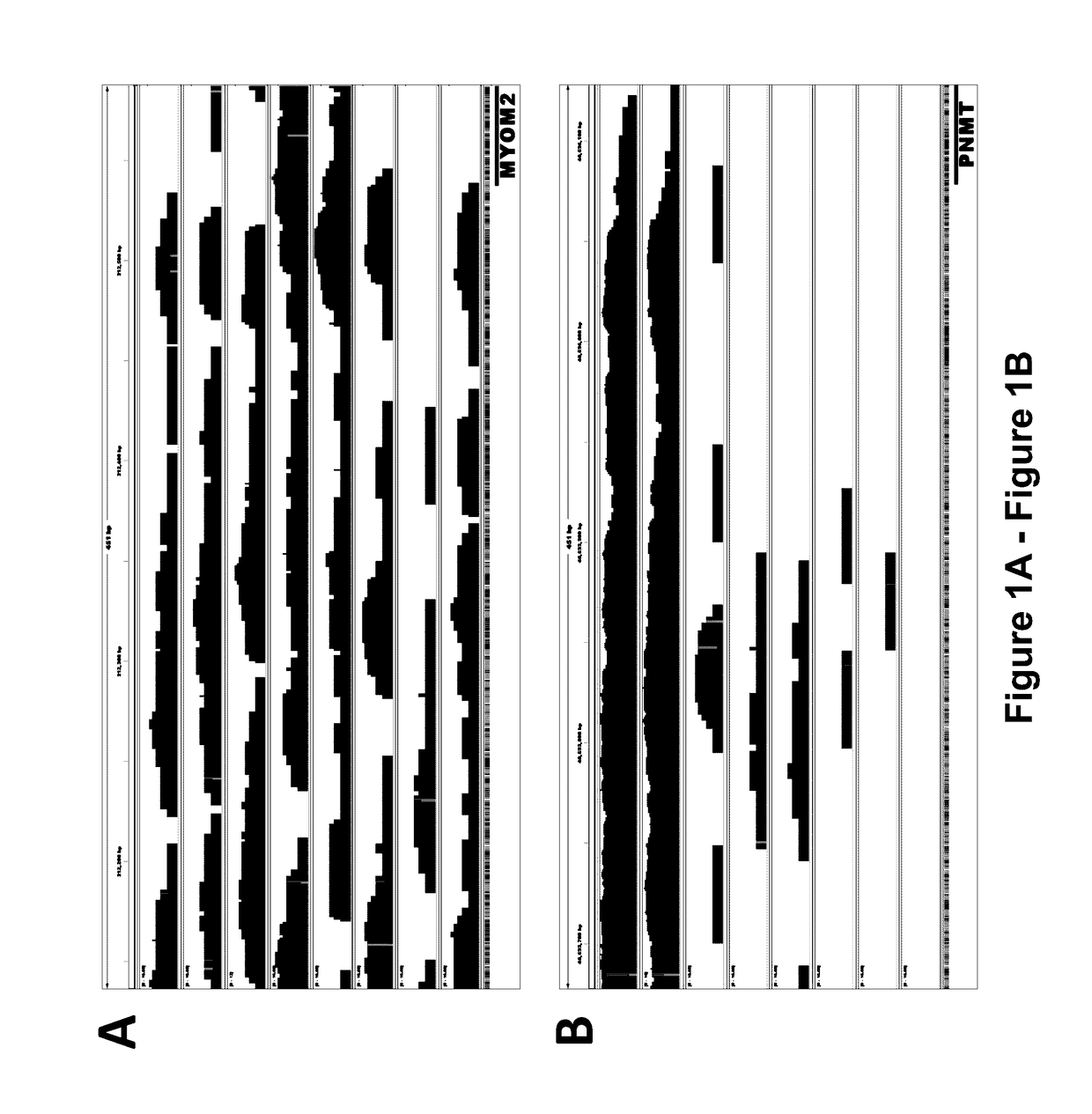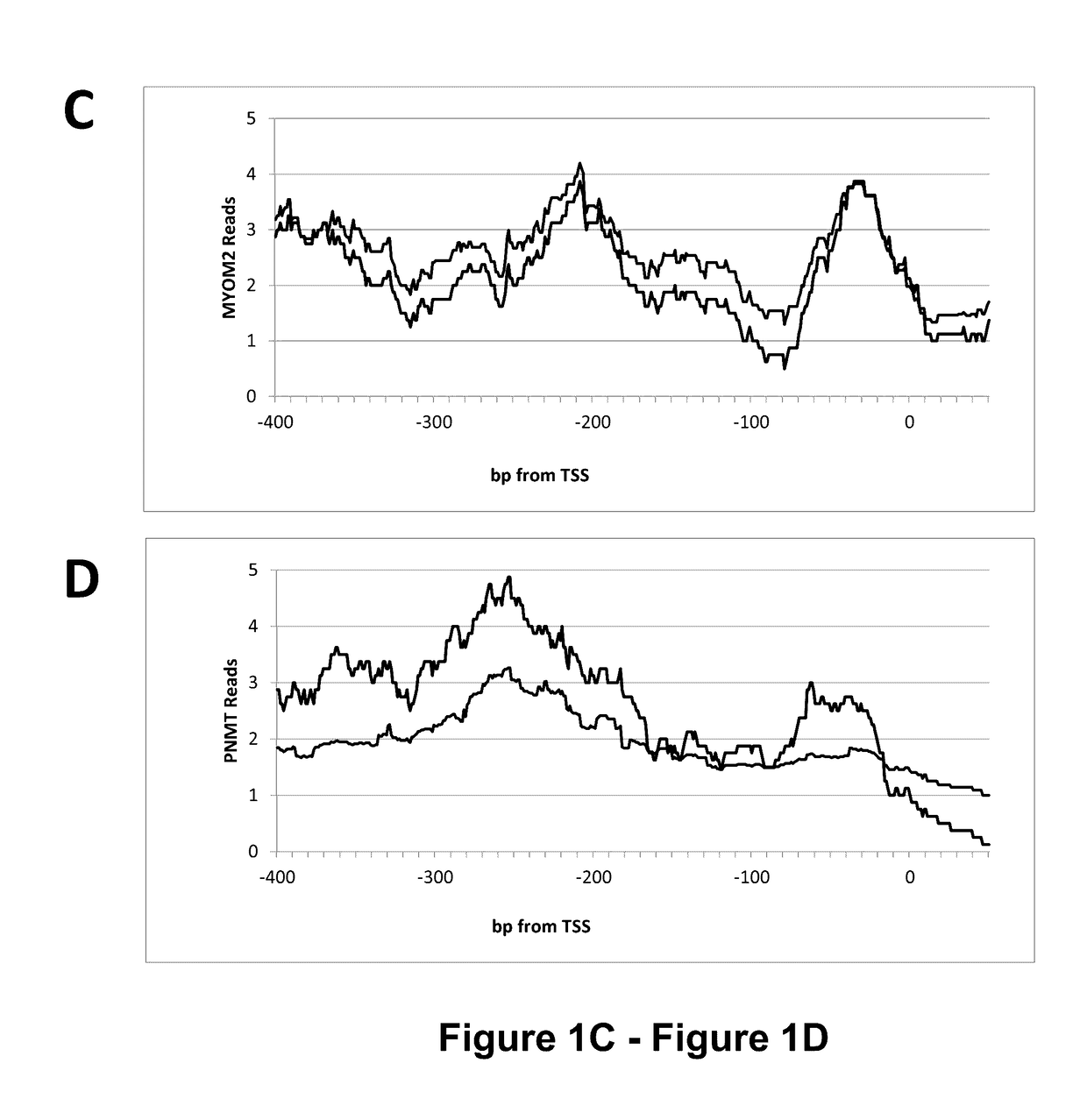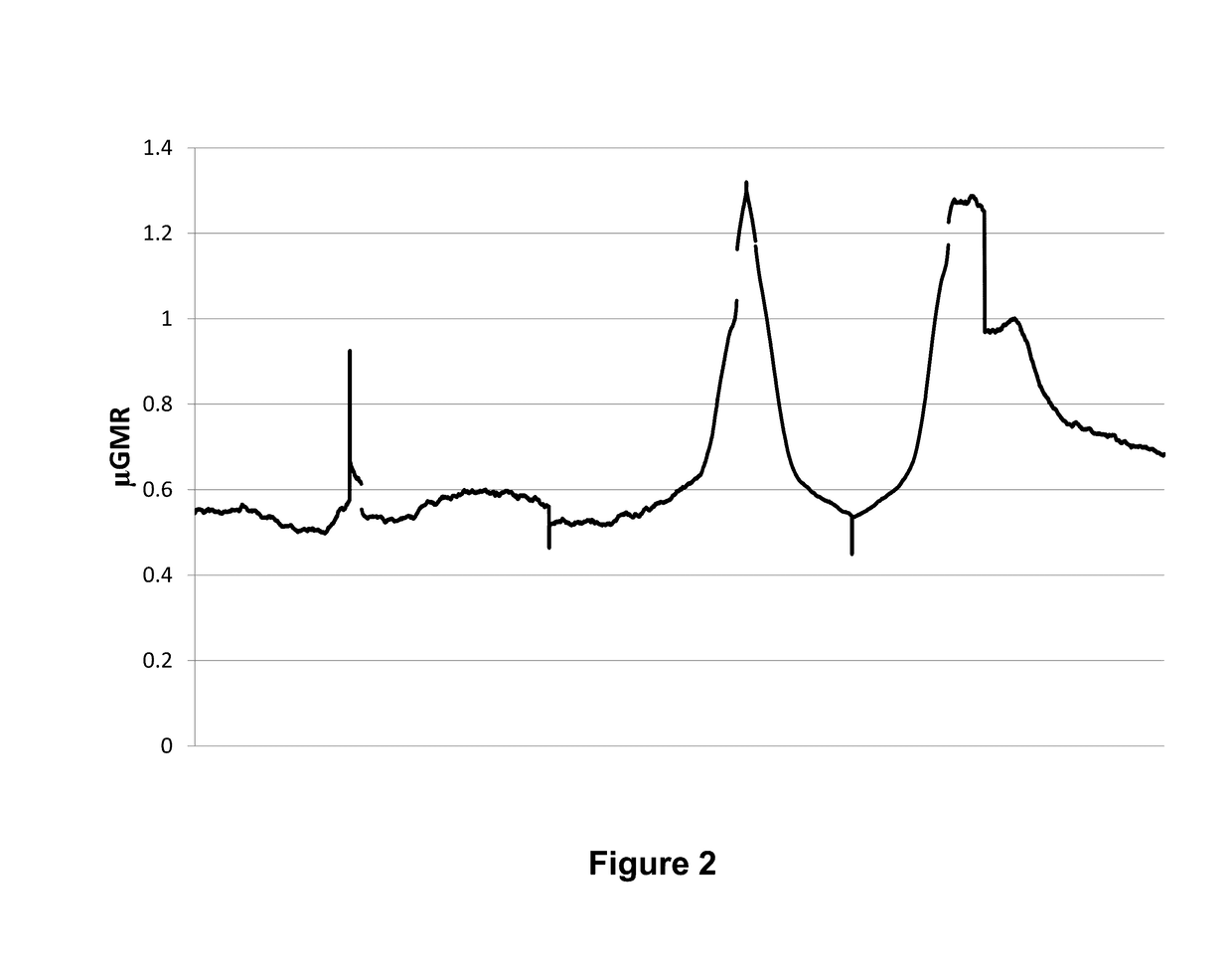Genomic Regions with Epigenetic Variation That Contribute to Phenotypic Differences in Livestock
a gene and epigenetic technology, applied in the field of gene and epigenetic variation that contribute to phenotypic differences in livestock, can solve the problems of low effort expended in identifying epigenetic-qtl, unable to identify genes and physiological processes which have been altered to facilitate such increases, and high milk and protein yields, so as to reduce potential bias from preferential treatment, improve animal performance, and maximize performance
- Summary
- Abstract
- Description
- Claims
- Application Information
AI Technical Summary
Problems solved by technology
Method used
Image
Examples
experimental examples
[0145]The invention is further described in detail by reference to the following experimental examples. These examples are provided for purposes of illustration only, and are not intended to be limiting unless otherwise specified. Thus, the invention should in no way be construed as being limited to the following examples, but rather, should be construed to encompass any and all variations which become evident as a result of the teaching provided herein.
[0146]Without further description, it is believed that one of ordinary skill in the art can, using the preceding description and the following illustrative examples, make and utilize the compounds of the present invention and practice the claimed methods. The following working examples therefore, specifically point out the preferred embodiments of the present invention, and are not to be construed as limiting in any way the remainder of the disclosure.
example 1
de DNA Methylation Patterns and Differential Methylation in Leukocytes from Holstein Cattle with Variable Milk, Fat, and Protein Yield
[0147]The objective of this study was to identify genome-wide DNA methylation patterns in livestock to provide a resource for further investigation into causes of phenotypic variation in high milk-yield livestock. Moreover, the rapid genetic change in Holsteins provides a model to elucidate how DNA methylation responds to artificial and natural selection.
[0148]Briefly, experiments were designed to evaluate the genome-wide DNA methylation patterns in leukocytes from mature Holstein dairy cows with variable milk yield. A geometric mean reads (GMR) were derived to describe methylation across the genome and near gene bodies. Features of the bovine leukocyte methylome are consistent with those reported for other species, including the presence of partially methylated domains (PMD) and the identity of genes located within PMD. High GMR upstream and across f...
example 2
Regions Showing Differential Methylation Patterns
[0183]The data presented herein shows the discovery of 500 differentially methylated DNA regions (DMR) between high milk, fat, and protein yield cows and their control.
[0184]Table 2 describes the DMRs' chromosome, starting and ending nucleotide coordinates (UMD_3.1, http: / / www.ncbi.nlm.nih.gov / assembly / GCA_000003055.4), FDR p-value, the identification of nearby annotated features (Ensembl release 82), and distance from the feature.
[0185]These DMR are located within genomic regions associated with gene regulation and variation results in differential expression of genes that influence the production of milk, fat, and protein. DMR effects vary depending on their location and can include regulation of transcription, alternative splicing, and long-range (LR) gene regulation. The nature of a specific DMR (transcription, alternative splicing, long-range regulation, etc.) is not definitive due to the incomplete annotation of bovine genome.
[0...
PUM
| Property | Measurement | Unit |
|---|---|---|
| weight | aaaaa | aaaaa |
| weight | aaaaa | aaaaa |
| area | aaaaa | aaaaa |
Abstract
Description
Claims
Application Information
 Login to view more
Login to view more - R&D Engineer
- R&D Manager
- IP Professional
- Industry Leading Data Capabilities
- Powerful AI technology
- Patent DNA Extraction
Browse by: Latest US Patents, China's latest patents, Technical Efficacy Thesaurus, Application Domain, Technology Topic.
© 2024 PatSnap. All rights reserved.Legal|Privacy policy|Modern Slavery Act Transparency Statement|Sitemap



